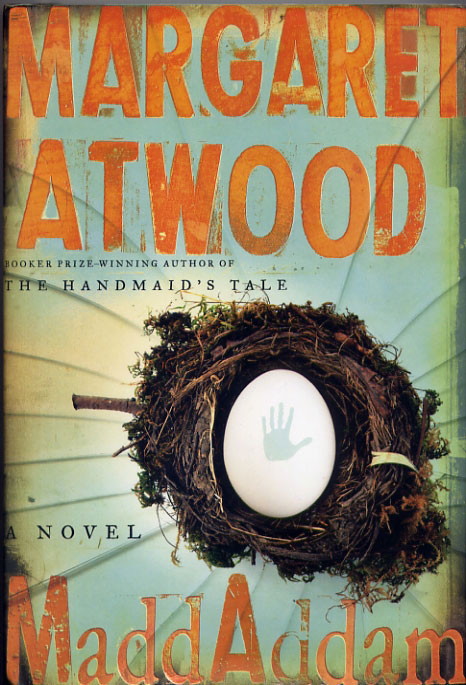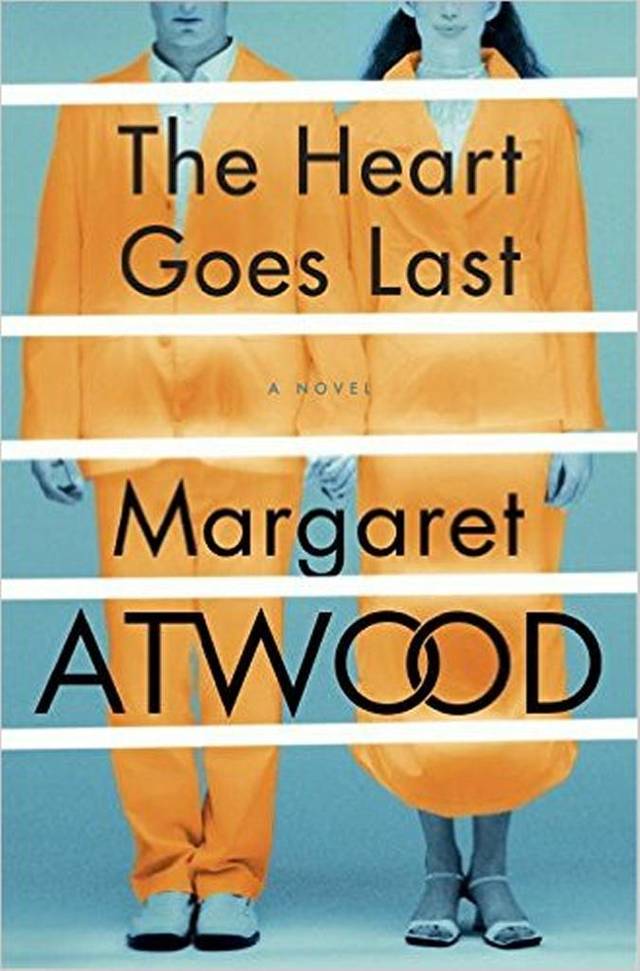The future does not replace the present. It’s slathered on top of it, day by day, week by week, month by month, and year by year. But moment by moment, we struggle with the minutia of our lives. Our visions of the future are based firmly not on where we are headed, but instead on where we have come from.
Margaret Atwood understands all too well how the past infects the present. When she writes about the future, it feels real because any future she imagines consists mostly of its own past. Which is to say, our world as it is today.
 In her MaddAddam trilogy (Oryx & Crake, The Year of the Flood, and MaddAddam), Atwood crafts a piercing, poignant portrait of our world transformed by genetic pollution and global warming. The power of her vision stems from the fact that underneath all her invention, the skeletal remains of the present are clearly visible. In these books she embraces science fiction as extrapolation. Reading them as the world’s temperature inexorably increases, it’s hard not to feel like a frog being slowly boiled.
In her MaddAddam trilogy (Oryx & Crake, The Year of the Flood, and MaddAddam), Atwood crafts a piercing, poignant portrait of our world transformed by genetic pollution and global warming. The power of her vision stems from the fact that underneath all her invention, the skeletal remains of the present are clearly visible. In these books she embraces science fiction as extrapolation. Reading them as the world’s temperature inexorably increases, it’s hard not to feel like a frog being slowly boiled.
In her latest novel, The Heart Goes Last, Atwood embraces different aspects of science fiction. First and foremost, this is what in the Golden Age of sci-fi (1938-1946) was called a “fix-up” novel. Ray Bradbury’s The Martian Chronicles and Isaac Asimov’s I, Robot are the best known examples of the genre — classics stitched together from previously published short fiction. Parts of The Heart Goes Last first appeared at Byliner.com. But the final product has the weird, organic feel of all pf Atwood’s work.
This time around, Atwood is not exploring the future as much as she is rewriting the present. We meet Stan and Charmaine sleeping in their car. Had things gone farther south on the economic front in 2008, it’s a scenario that might be much closer than many of us would care to admit. The crash and burn of Atwood’s “day after tomorrow” has left most of the U.S. population homeless, desperate and vulnerable. A once-working civilization has become prey to a nasty set of unseen predators we as readers know must exist.



